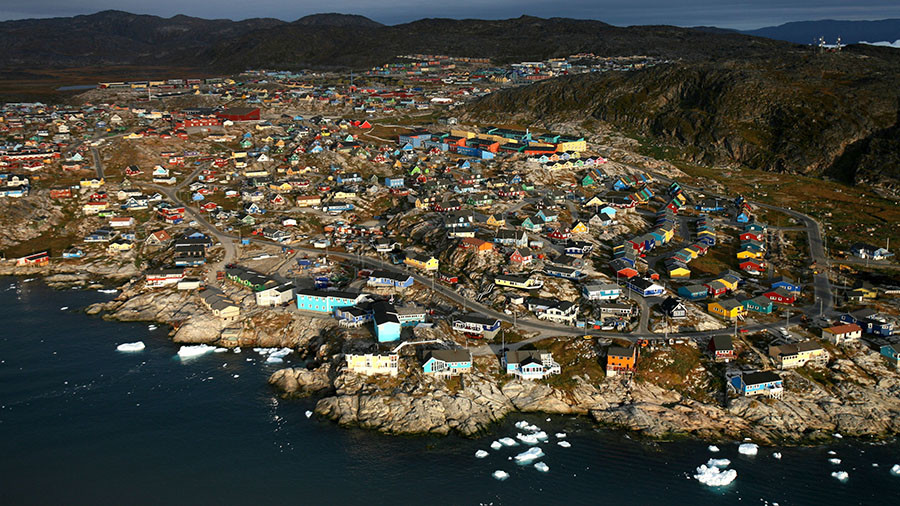Researchers from the University of Lancaster, Sheffield and Stanford (Great Britain) found 56 previously unknown lakes under the Greenland ice sheet, now their number has reached 60. This was reported in the Nature Communications weekly.
The ice lakes are not uncommon for the Southern mainland, also covered with a giant ice sheet, but a rarity for the Arctic. The largest known lake today is the Antarctic Lake Vostok. Scientists are attracted by the closed, unexplored world of these reservoirs, isolated from the outside world by a multi-kilometer layer of ice. As it turned out, Greenland also has its own system of ice lakes hidden under the ice shield of the world's largest island.
- View of the Greenland town of Ilulissat
- Gettyimages.ru
- © Uriel Sinai
The researchers analyzed the data obtained using a radio echo sounder and found 54 subglacial lakes. Two more were found as a result of measurements of the changing height of the ice cover on the surface of the island. According to scientists, the formation of the subglacial lakes of Greenland was influenced by three factors: the powerful pressure of the ice mass on the lithosphere, the geothermal heat of the planet and the flow of melt water under the ice sheet caused by global warming.
“For the first time, our research has allowed us to begin to form an idea about the places of origin of lakes under the Greenland ice sheet. It is necessary to clarify the influence of these lakes on the wider hydrological subglacial system and on the dynamics of ice movement, as well as to better understand the thermal state at the base of the shield, ”said lead author Jade Bowling, representing the environmental center of Lancaster University.
The length of the discovered lakes varies from 0.2 to 5.9 km in length. The researchers found that the largest accumulation of subglacial reservoirs is in the east and north of the island, where the changeable relief is filled with melt water and holds it.
“These lakes could be important objects for us to directly study possible traces of life in extreme conditions, as well as studies of lake sediments that have retained evidence of climate change on the planet in the past,” concluded co-author Dr. Stephen J. Livingston, Senior Lecturer at the Department of Physical Geography Sheffield University.

